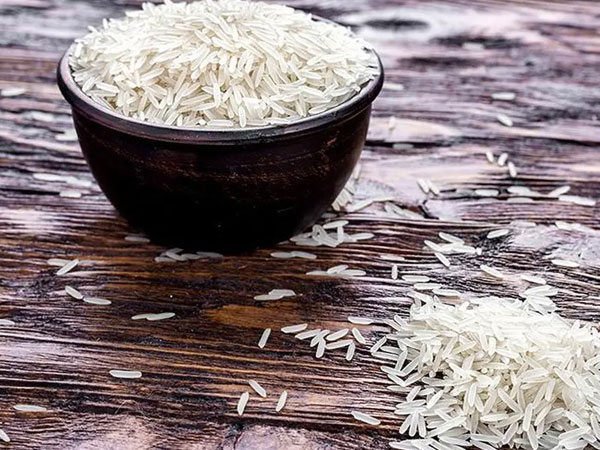 Rising global temperatures are threatening rice, a staple food that nourishes billions of people around the world. But researchers say they may have discovered a way to improve harvests and grain quality: by essentially silencing a temperature-sensitive gene found in some common rice varieties.
Rising global temperatures are threatening rice, a staple food that nourishes billions of people around the world. But researchers say they may have discovered a way to improve harvests and grain quality: by essentially silencing a temperature-sensitive gene found in some common rice varieties.
A team of scientists in China recently announced that they had identified a gene that, when overheated, appears to have a negative impact on crops, lowering yield and producing chalky-looking, pasty-tasting grains. But when that gene is deactivated — through gene editing or through breeding that capitalizes on a naturally occurring variant that doesn’t react to higher temperatures — rice plants produce more and better grains, according to a peer-reviewed paper published last month in the journal Cell.
The finding represents “a breakthrough for breeding high-yield, superior rice varieties resilient to rising temperatures,” emailed Yibo Li, the paper’s lead researcher and a plant geneticist with Huazhong Agricultural University in China.
Outside experts said there could be great potential in being able to tweak a single gene that is responsible for controlling both yield and quality.
“We just have this ability to go in and, to use a crude analogy, flip a light switch,” said Jarrod Hardke, a rice extension agronomist for the University of Arkansas System’s division of agriculture, who was not involved in the new research. “No exchange of genetic material, it’s still the same plant. We just reached in and pushed a stop button on something.”
Hotter conditions driven by climate change, and particularly warmer nighttime temperatures, have posed a major challenge to rice breeders and farmers. One study found that rice yields dropped 10 percent for every degree Celsius that average nighttime air temperature rose between 1979 and 2003.
“Farmers and breeders are doing an excellent job of releasing new varieties and coming up with methods to improve productivity,” said Vibha Srivastava, a professor of plant biotechnology at the University of Arkansas. “But the climate is not in our control.”
And while breeders have made good progress on increasing yield in heat-stressed plants, often that benefit can come at the cost of quality, said Steve Linscombe, director of the Rice Foundation with USA Rice, a trade organization.
Li and his team in China set out to find rice plants that could still thrive in hotter temperatures. They planted more than 530 varieties in four locations where nighttime temperatures have increased. Then, they examined the appearance of the harvested grains, looking at how many were chalky (bad) vs. translucent (good). They identified two varieties that grew especially well, and, by tracking genetic markers, were able to pinpoint the gene that appeared to control the plants’ response to heat.
Through gene editing, they showed that modifying expression of the gene could produce more heat-tolerant crops. The modified rice maintained its yield in hotter conditions, while unmodified crops produced 58 percent less grain, according to the study.













© Copyright 2025 The SSResource Media.
All rights reserved.